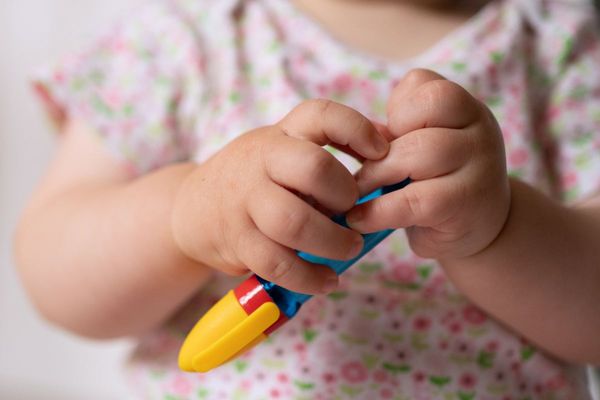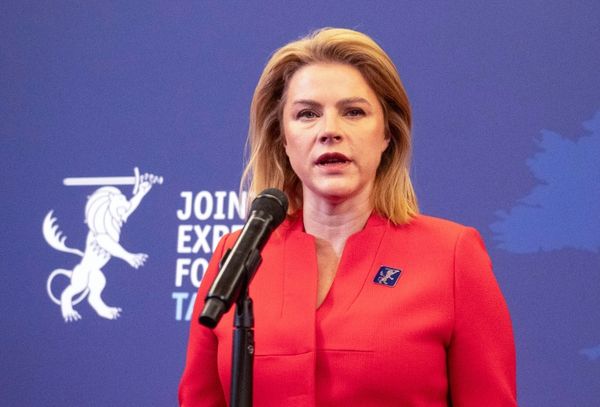Before netball and hockey became popular sports for girls and young women in Australia, there was another national obsession — marching.
Dressed up in white boots, skirts, sashes and formal hats, marching girls were in high demand at agricultural shows, city parades, and to perform for visiting dignitaries.
In the 1960s there were an estimated 50,000 girls involved in the activity, which was brought to the country from New Zealand as early as the 1930s.
Each weekend, teams would compete against each other, honing their timing, perfecting uniforms, and mastering steps in the hope of beating previous results.
Author Bob Byrne, who has written about the marching girls in his book Australia Remember When, says the sport was "a big deal".
Marching was one of the few sports offered to girls at the time and had its origins in the World War II-era when the military was visible in all aspects of society.
"It goes back to the 1940s and 50s when officer sergeants and home guards were giving instructions on marching formations to young men, and the girls got involved," Byrne said.
"When you look at the uniforms they were militaristic in style, it had that military feeling about it and the march was the final part.
"It was a challenging type of sport because you had to learn the discipline, learn the precision of the march.
"There were national championships and teams of girls would travel all over Australia and march all day, be billeted out at night and then march again."
The fanfare that accompanied marching girls often involved boys playing music in a band but most commonly the numbers would be set to recorded music.
Byrne said the music didn't much matter though because marching girls were "invited everywhere".
"If there was an event on the weekend, you had to have the marching girls come along," he said.
Marching girls share their memories
Sue Martin was a marching girl in Victoria from age seven to 13 and was also a former national champion.
She looks back fondly on the years spent with her teams but it all came to an end when she broke her arm falling off a horse.
"I honestly can't remember how I got into it. Probably one of my girlfriends wanted to do it and I would have gone along with that," Ms Martin said.
"I think that was when we stopped having a roast dinner on Sundays because Mum used to pack a picnic lunch.
"My dad used to clean and whiten my boots, put tape around the sole so it stayed white."
A coach of modern marching girls, known as drill dancers, Maree Austin first got involved in the sport more than 50 years ago.
"We do thematic routines as well as precision marching.
"I coach, I march, I'm on the board of directors [for DrillDance Australia] and I love it.
"You make a lot of friendships and it's very competitive — if you've got a competitive nature it's very good."
The all-weather activity sustains six major clubs, with participants ranging in age from six to 78 years, in Brisbane.
In July, teams will travel to Adelaide to compete in the national championships.
And while it's predominantly a female sport, Ms Austin says the group does not discriminate and has welcomed some boys to teams in recent years.
Evolution of marching in Australia
Aside from changes with uniforms and allowing male participation, marching, or drill dance, has declined in terms of numbers.
And, Ms Austin said just like any team sport, the past few years were particularly difficult as people stayed home during the height of the COVID pandemic.
Byrne said marching reached the peak of its popularity in the 1960s and 1970s.
By the 1980s, membership began to wane.
"I guess at the end of the day a lot more things became available," he said.
"Older girls grew up and moved on and younger girls weren't interested and now there's the stage where women these days don't even know about it until they speak to their mums."







